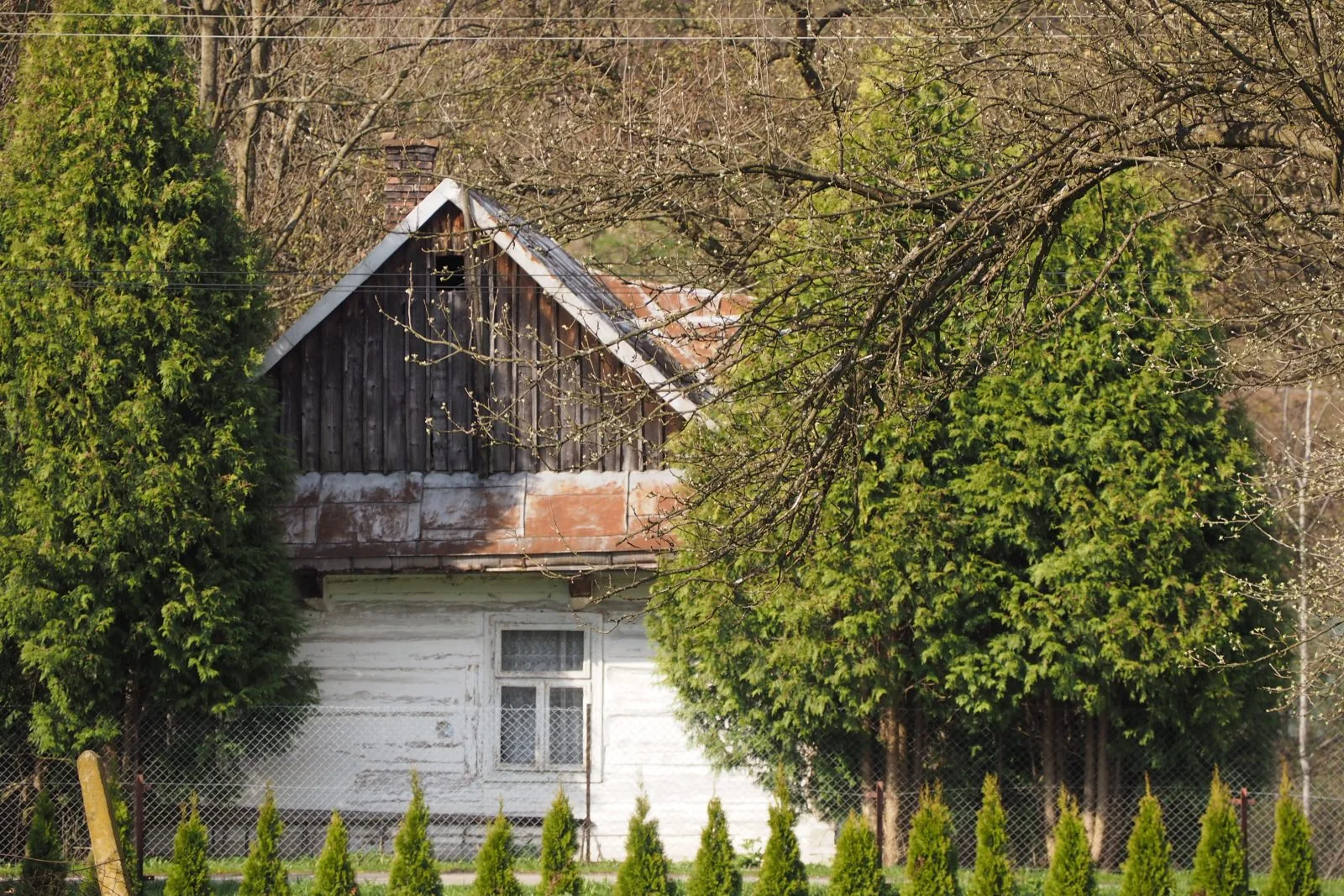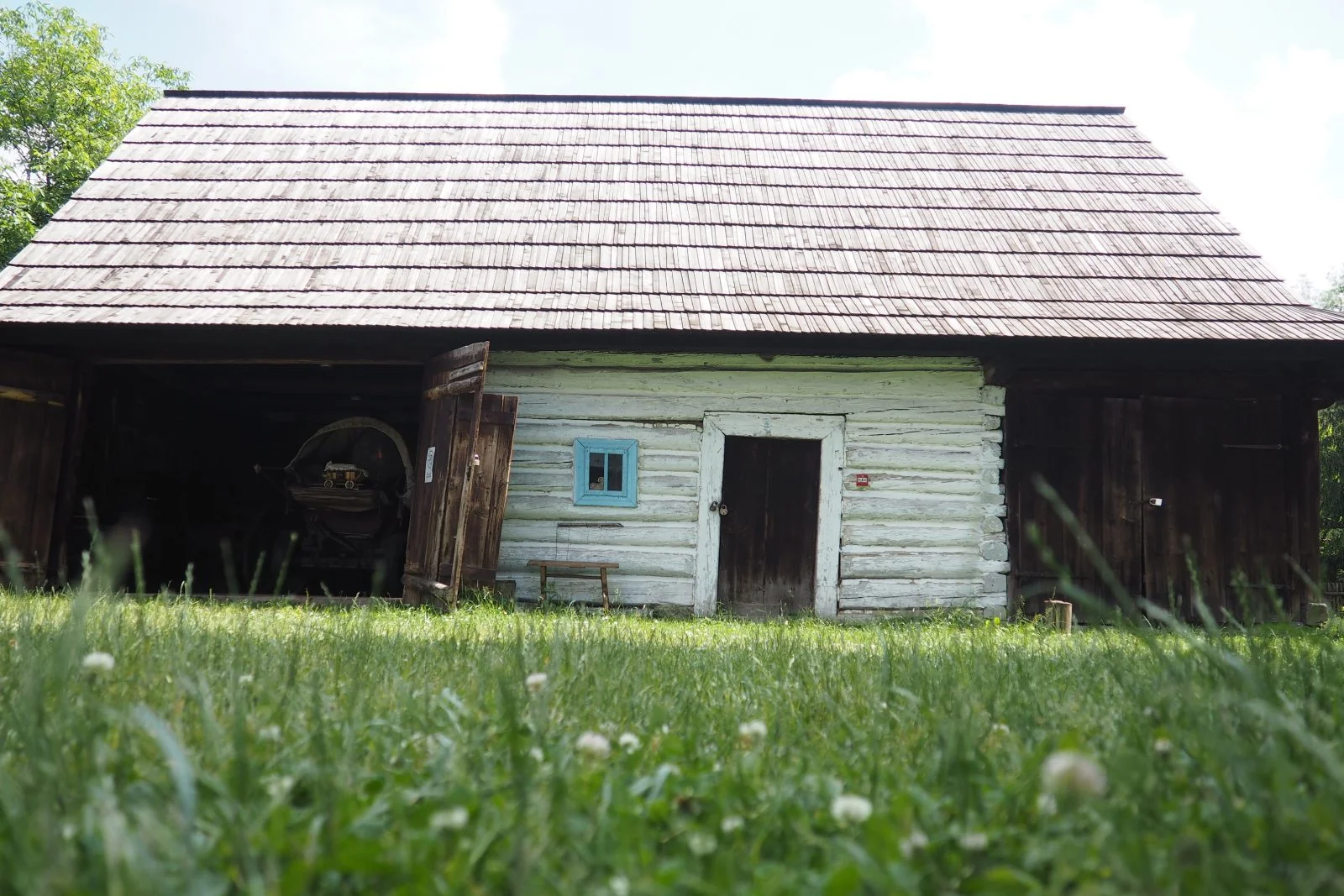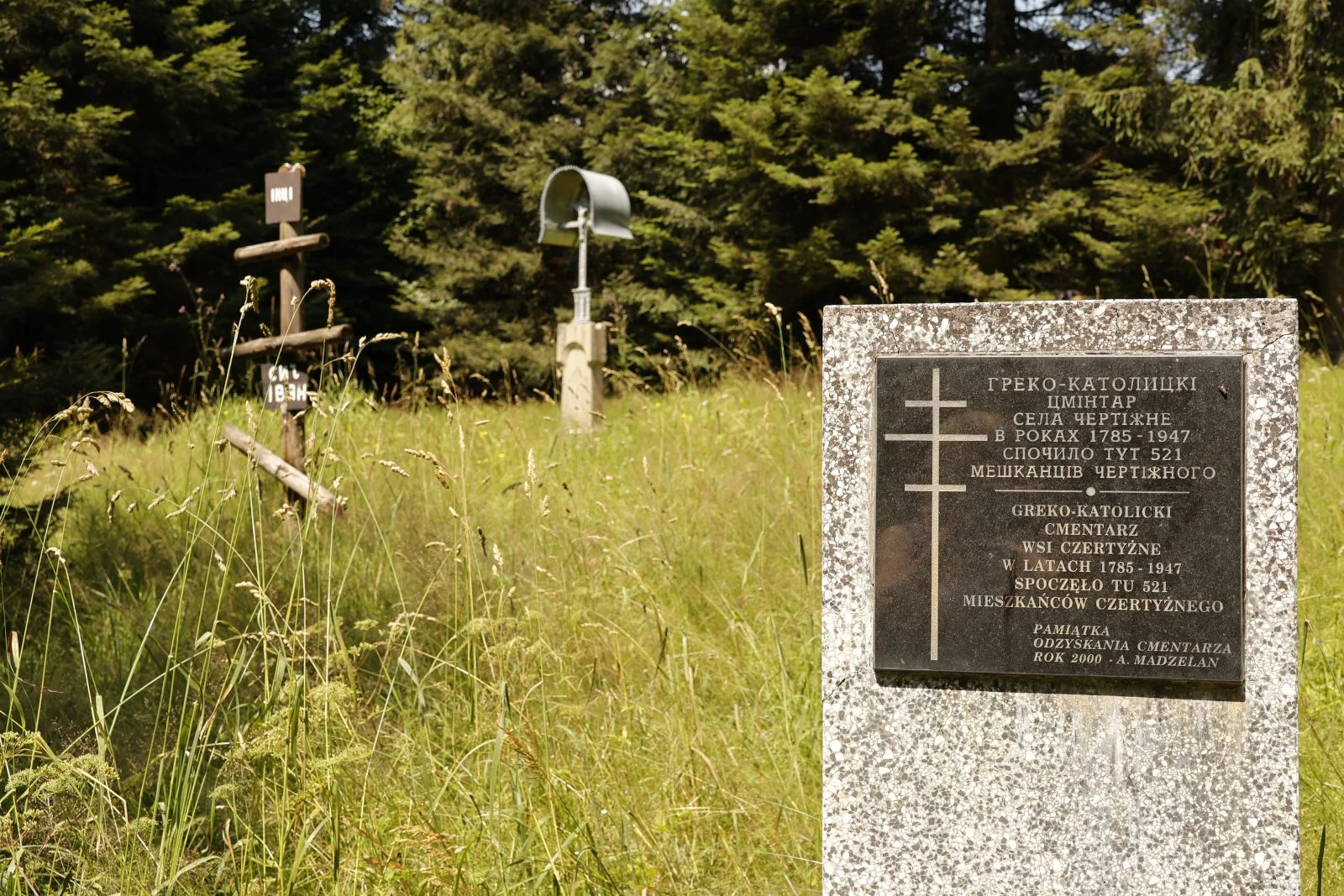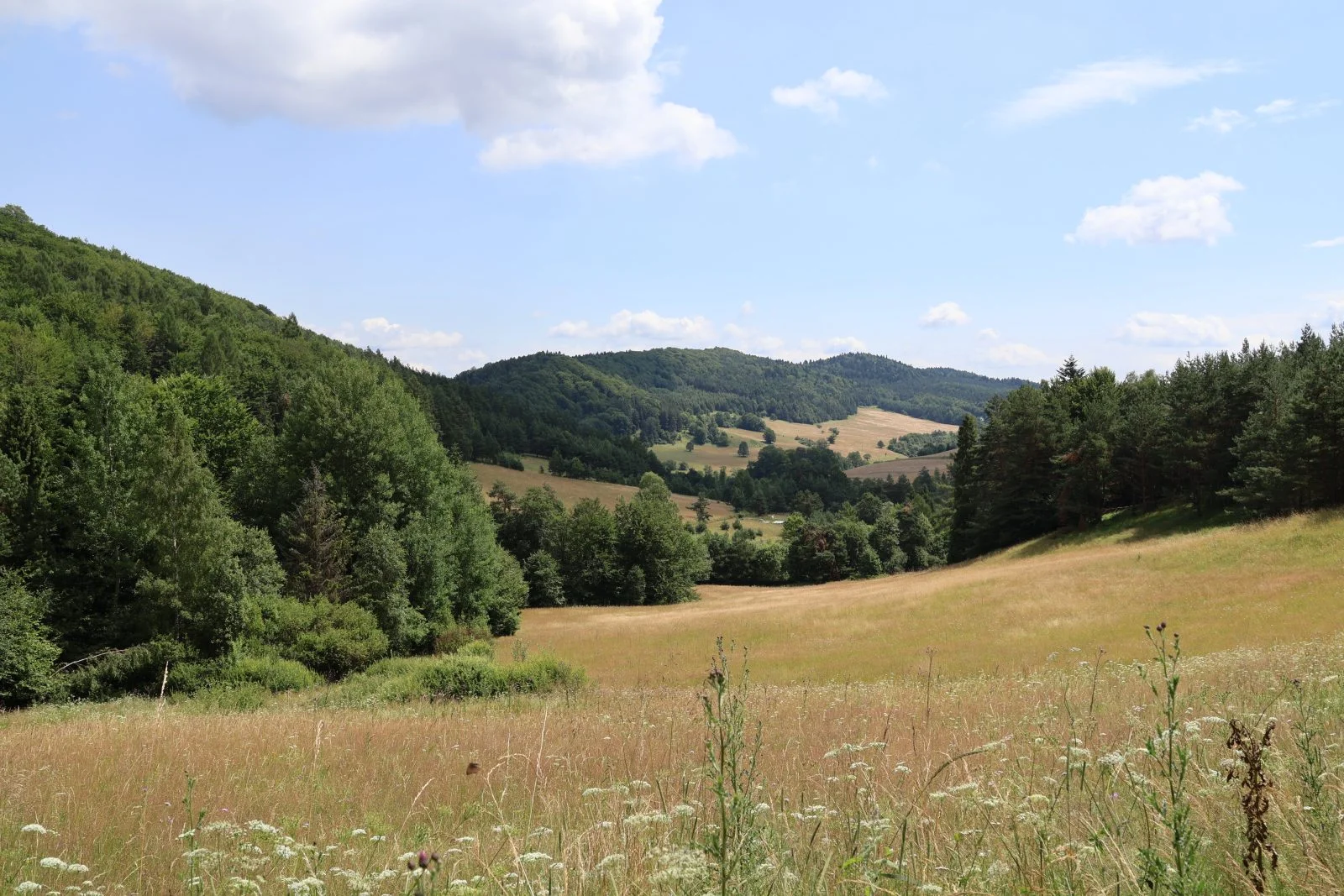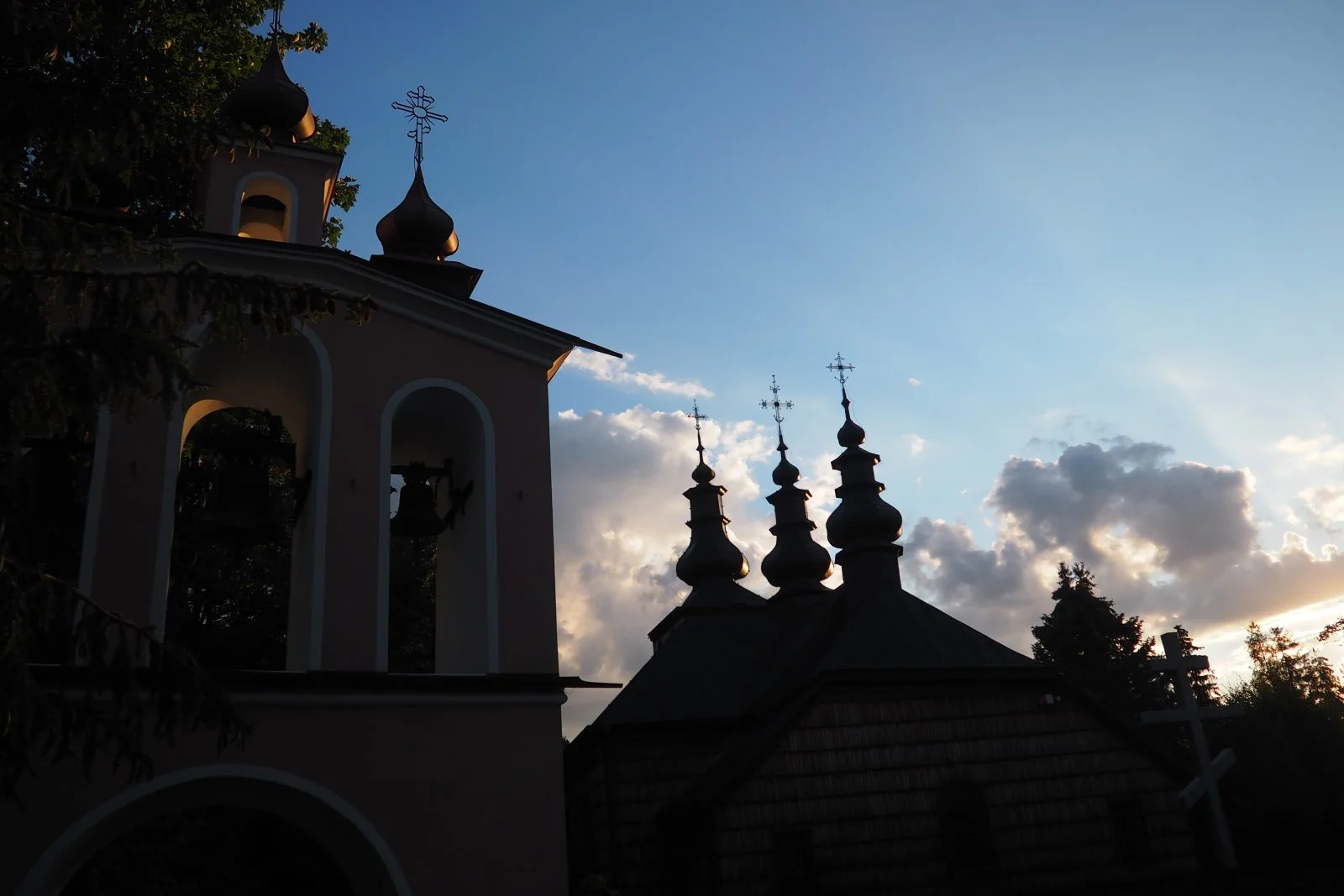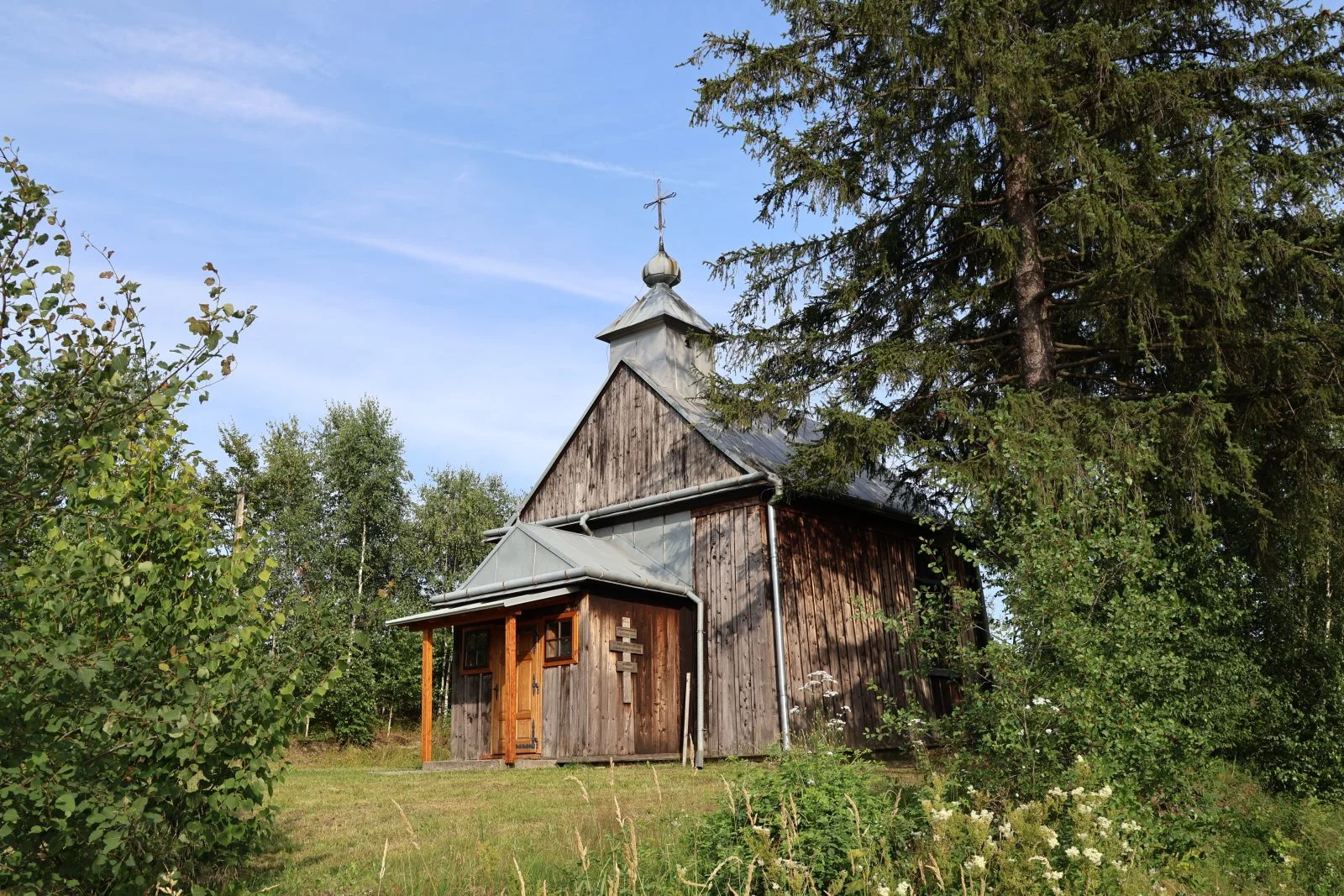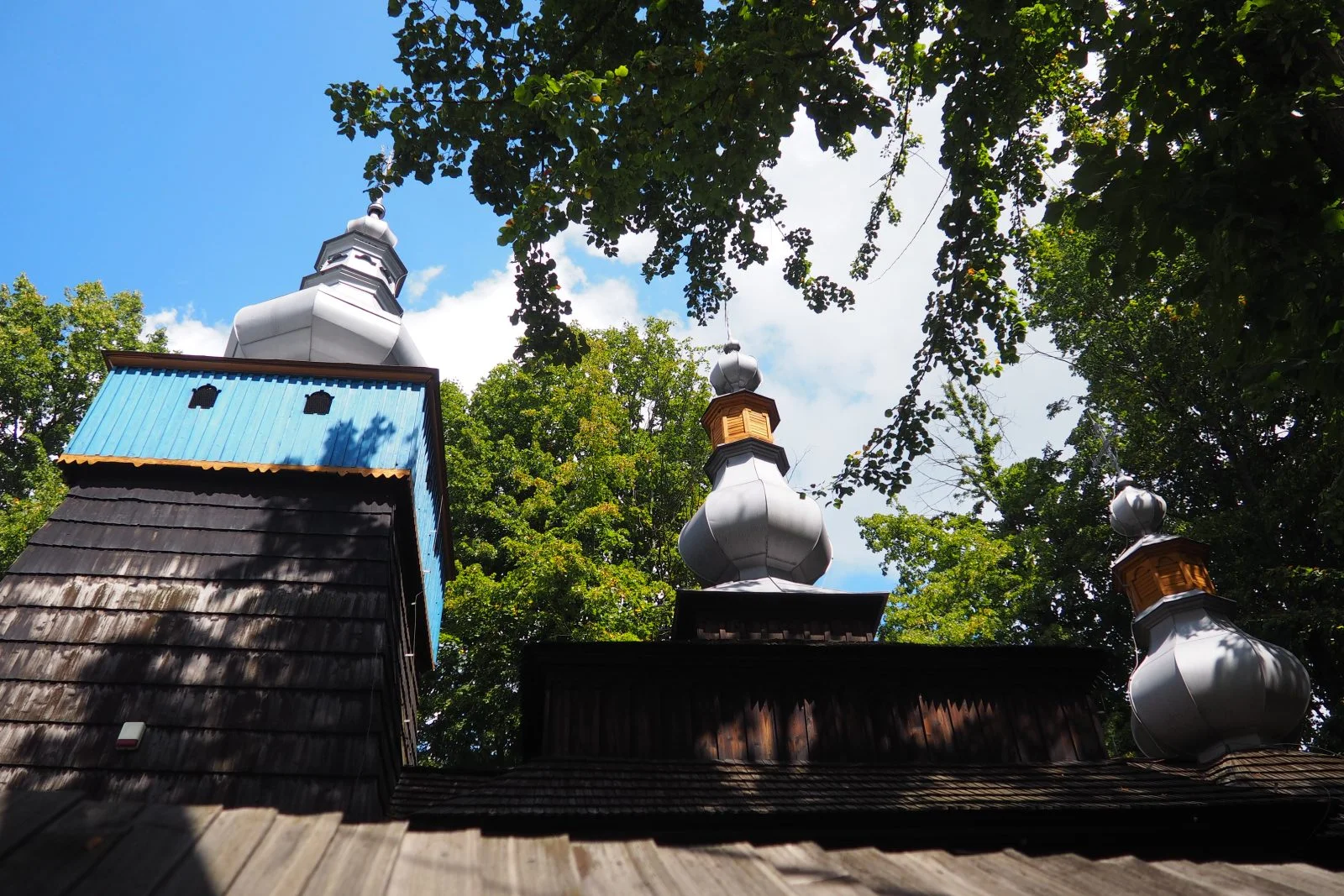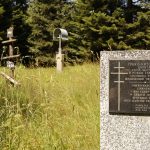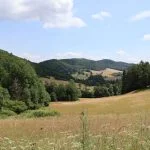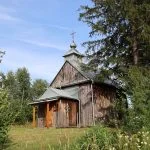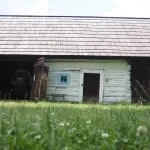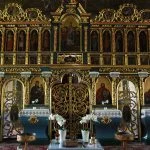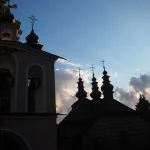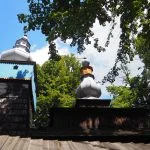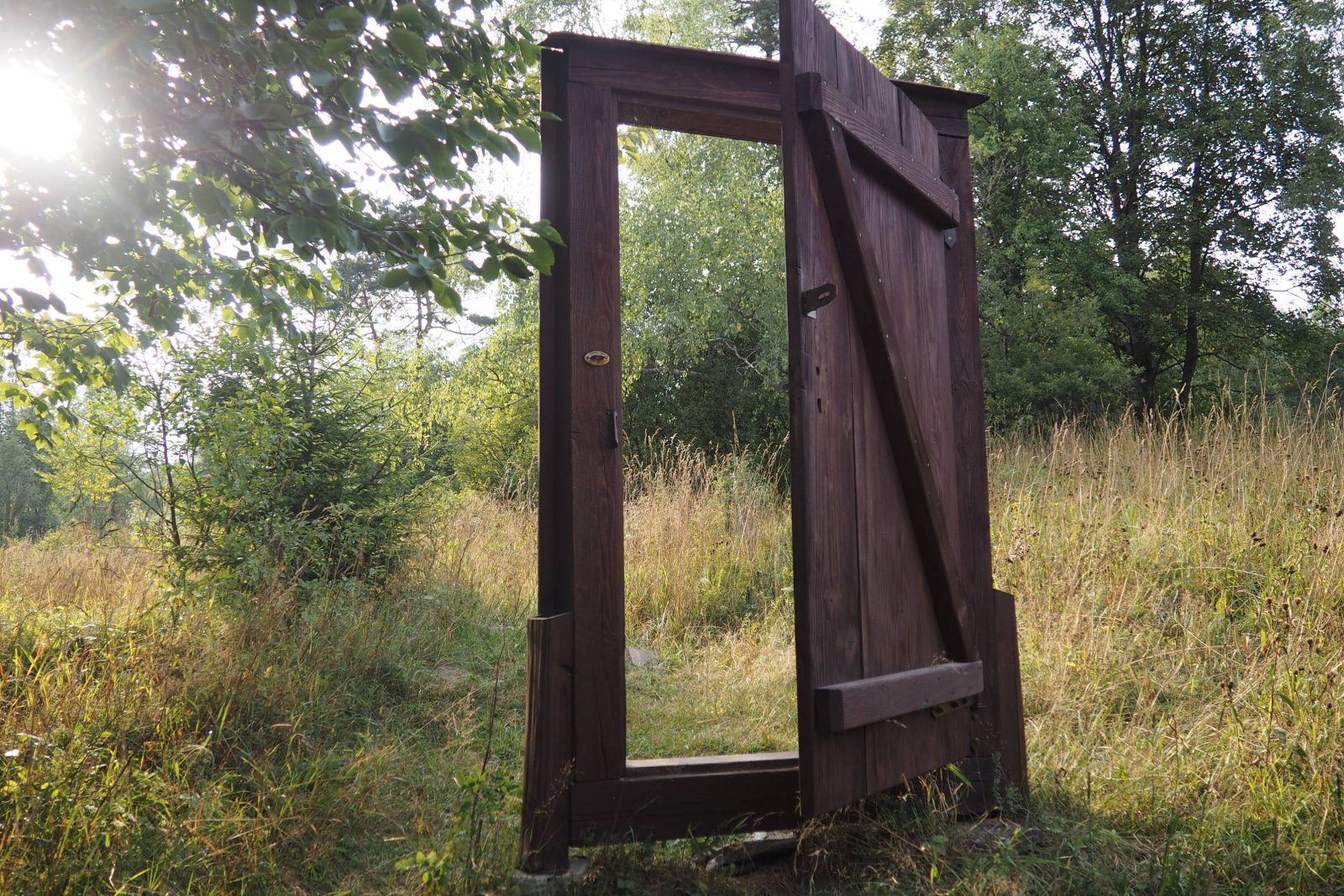
Lemkos, who are they?
Lemkos are a national minority whose origins date back to the period between the 14th and the first half of the 16th century. They lived in the Lemko Region, an area situated between Polish and Slovakian ethnic territory. The region included Beskid Sądecki, Beskid Niski, and fragments of Bieszczady Mountains. These individuals are part of the Slavic nations and have Byzantine origin in their faith. They have their own language, writing, culture, and customs. For a few hundred years, they were themselves, Rusyn–Lemkos.
During the turn of the 19th and 20th centuries, various national orientations emerged among Lemkos. However, this resulted in their mass resettlement. In the first half of the 20th century, the Polish communist authorities aimed to create a nationally uniform country. As per the agreement signed with the Ukrainian Soviet Socialist Republic, Ukrainian, Belarusian, Russian, and Ruthenian nationalities were forced to leave. In the years 1944-1946, Lemkos were pressured to leave Poland for Soviet Ukraine. The remaining population, as well as those who “miraculously” returned to the Lemko Region from Ukraine, were deported to “Regained lands” as part of Operation “Vistula”, which began on April 28, 1947. As a result, many Lemkos emigrated to Western Europe and the United States. The remaining population mainly lives in the western part of Poland. Consequently, the Lemko nation was reduced to a national minority scattered across Poland and the world.
Due to the resettlements, the Lemko region was left almost completely deserted. Over 20 of Lemko villages ceased to exist. Forests and meadows now cover many places, and here and there, one can notice growing fruit trees or discover old destroyed cemeteries, which are a testimony that Lemko families once inhabited those terrains. The unique culture of the Lemkos also suffered severe and irreversible damage.
On the 77th anniversary of Operation “Vistula,” we are speaking with Lemko graduates from the University of Wrocław who preserve their ancestors’ memory. We invited Oksana Graban-Lichtańska, Natalia Ciołka, and Daria Kuziak to the conversation.
Oksana is a graduate of Ukrainian Studies. During her studies, she spent one semester at Sofia University as a part of the Erasmus program. She was also on an internship in Prague before defending her degree. In 2016, she got her master’s degree.
Natalia is a graduate of Russian Studies; during her first-cycle studies, she completed an internship at the Pushkin State Russian Language Institute in Moscow. In 2016, during her second-cycle studies, she spent a semester at the Tomsk State Pedagogical University. In 2018, she completed her second-cycle studies.
Daria is a graduate of first-cycle studies in Communication Design. Additionally, she completed first and second-cycle composition studies at the Karol Lipiński Academy of Music in Wrocław.
Oksana’s family comes from Zdynia, Gładyszów, and Czyrna, from where, during Operation “Vistula” in 1947, they were resettled to western Poland – the majority of her family ended up in Lower Silesia, but also in the vicinity of Gorzów Wielkopolski. Natalia’s family lived in the villages of Binczarowa and Wawrzka. In June 1947, they were resettled to Lower Silesia. Daria’s ancestors came from villages such as Bogusza and Czarna. They were resettled in 1947 to Lower Silesia. They settled in the Rudna commune (district lubiński).
EMOTIONS. Have you asked your grandparents or perhaps great-grandparents about their family history? Did they talk about resettlement? What emotions accompanied them during and after the resettlement? What did they manage to take with them?
Oksana Graban-Lichtańska: In my case, learning about my family’s history of resettlement wasn’t straightforward. Being the youngest in my generation, there was a significant age gap between my grandparents and me. Due to this, I learned more from my parents than my grandparents. Unfortunately, I never had the chance to meet my grandparents, so my knowledge of their resettlement history is limited to bits and pieces shared by relatives, neighbors, and others who knew them. My grandmothers didn’t return to memories of resettlement, and when I asked them about the past, they shared them as if they were torn pages from a diary. They often relied on their children’s help to remember facts from when their memory was still sharp. I drew family trees and wrote names and anecdotes next to them. As a child, I didn’t ask about resettlement because I knew it was a painful topic for them. When I was older and could have mature conversations about the past, I only managed to gather bits and pieces of memory. Apart from my parents, I spoke with many resettled people. I learned about the stories of families who could only take with them what they could carry or fit in the wagon. I never ask about the emotions related to it because I see them written on their faces; it seems to me that something like this cannot be described in words.
Natalia Ciołka: Unfortunately, I no longer have grandfathers, but I am fortunate that both of my grandmothers are alive. I talked to them about resettlement many times. I’m interested in my family history, so I always ask questions. They were always open to discussing it, and it was never a taboo topic. During our conversations, they often expressed their fear, anxiety, sorrow, and longing for what they had lost. I managed to record one conversation. It is an interview with my grandmother Tekla conducted to commemorate the 70th anniversary of Operation “Vistula”. From the interview, we learn what the resettlement was like from the perspective of a twelve-year-old girl, what emotions accompanied her during and after the resettlement, and what she had to face in a new reality: We packed whatever we could fit onto our wagon, but how much could be loaded onto such a wagon? Only handy things. Many items were left behind as there was no room for them. We traveled for a week, and it was the hardest part of our journey. There were eight of us and seven cattle. We had to lie on the floor next to the animals, and it was a terrible experience. After the train stopped, they jumped out of the wagon and looked for cattle feed. I still remember when my mother left the train and didn’t return, and the train started moving. I cried so much. I was looking out the window after Mom, and I would have fallen out if my dad hadn’t grabbed my legs. Mom managed to jump onto the back of the moving train. God, how much I cried that my mother would not come back. The fear remained”, says grandmother. The entire interview can be found on the Radio Lemko website www.radio-lemko.pl in the archive of the program under the name Што найгiрше – чловек уж пережыл (Co najgorsze – człowiek już przeżył).
Daria Kuziak: As a child, I was deeply interested in the history of the Lemkos. I used to have long conversations about it with my grandmother and great-grandmother. My grandmother, who was born on my father’s side, was born in 1941, so most of the stories she tells are from older generations. However, she remembers the time when they were traveling and the emotions that accompanied her and her family. Trauma like that stays in the consciousness forever. My great-grandmother on my mother’s side was 17 during the resettlements and told me much more. She was already married at that time, and my grandmother was born in the West a few years after the resettlements. Great-grandmother Marysia talked a lot about the Lemko Region until her last days. She had an impressive memory and storytelling ability that would make anyone want to listen. You can find several interviews with her online (Łemkowie nad Odrą, Maria Matijczak: Dom). As for what my ancestors brought with them, mainly, first and foremost, it was the church books from Czarna, which are currently in the Cerkiew Prawosławna pw. Podwyższenia Krzyża in Rudna (the Orthodox Church of Exaltation of the Holy Cross) but also the church bell from Bogusza, which for a long time, if I am not mistaken, rang in Cerkwia Prawosławna pw. Świętych Kosmy i Damiana in Studzionki (the Orthodox Church of St. Saints Cosmas and Damian in Studzionki). Lemkos were very religious, so, unsurprisingly, they took books and bells with them. Great-grandmother Marysia also brought a SINGER sewing machine that we have at home. In those days, it was very expensive and valuable.
HOUSE. Have your families returned to their family home in the Lemko Region?
Oksana Graban-Lichtańska: The situations within my family were diverse. No one could return to their homes because they either were burned down or were occupied by someone else. However, the Czyrna family convinced the new settlers and bought their house. A house in Zdynia could no longer be found, but they built a new one in the same place. My grandfather tried to reclaim his brick house, but it was taken over by the state and turned into a post office. Unfortunately, his efforts were in vain. Even today, the building exists and is now inhabited by private owners. Besides losing their homes, my ancestors lost vast hectares of fields and forests. They were wealthy landowners. One of my great-grandfathers was called Olijar because he owned an oil mill. He has been to America four times. Another great-grandfather transported a windmill aboard a ship during emigration, which was quite a sensational event in the village. Some locals still remember that they used to bring grain to him from neighboring villages.
Natalia Ciołka: My grandparents never returned to the Lemko Region. New owners already inhabited their houses. When I asked my grandmother if she had ever seen her homestead, she shared a memory with me: “In ’95, I went to our area, and our house was still standing. Neighbors lived next to our house, and when I arrived there, I said that I was from this house and my father was Pecuch. The woman told me that the neighbors told them that Pecuch was very respected here, that he helped them, and that my mother even brought them rolls in an apron to the house.” A few years ago, my grandmother and I visited Binczarowa again, but unfortunately, we found out that the old house was gone; in its place stood a new brick house.
Daria Kuziak: My ancestors never returned to the Lemko Region. There are no more houses left in Bogusza. My grandparents and great-grandparents were in Bogusza many years ago. I also visited the place with my parents, but unfortunately, we couldn’t find any trace of the houses. We just know that one of them was located next to the chapel, and the other was next to the brick Orthodox Church. Before the resettlement, my great-grandparents lived in a new brick house in Czarna, which still exists today, and someone is currently residing in it. My great-grandmother also visited the place a few years before her death, and the hosts welcomed her and allowed her to come inside. However, I remember her comments after she returned, saying that although she remembers every stone, it is no longer the same Lemko Region. I believe she was a little disappointed because time has taken its toll on our little homeland…
MEMORY. How do you cultivate the memory of your ancestors?
Oksana Graban-Lichtańska: I gather stories about my ancestors and other Lemkos because although they followed different paths, they all shared the same fate – they were exiled. Some of them were deported to the territories of the USSR, while others were resettled in the opposite direction to the former German lands in 1947. Some remained on emigration, as they had to leave in search of food. Only a few families managed to stay, and a handful returned. Rebuilding and restoring that world is impossible, but what remains can be saved and given a new form. That’s why memory is so important – collecting stories and passing them on, telling the younger generation about where we come from, our traditions, how our ancestors spoke, sang, prayed… Protecting and passing on cultural values is my way of preserving the memory of my ancestors.
Natalia Ciołka: I have conversations with elderly people about their history and record them. Some of these individuals are no longer with us, so it’s crucial to gather their stories while we still can so that their memories remain. When I visit my grandmother, I record old Lemko songs. She instilled in me a love for traditional and Orthodox Church singing. As a child, I sang liturgies with my grandmother in her parish. After the services, we continued the celebrations by singing during the holiday season –Christmas carols and Paschal songs, as well as traditional folk songs on normal days. This year, I performed at the University of Wrocław with Lemko carols that my grandmother taught me. The repertoire included a Christmas carol my great-grandmother sang to my grandmother in the cradle. My way of keeping the memory alive is by passing on the values of Lemko culture and sharing them with a wider audience. It is a testimony of living faith passed down to me by my ancestors, and I pray for them. I am certain that this is what is expected of me.
Daria Kuziak: I cultivate the memory of my ancestors with every thought and sentence I say in the Lemko language. Every day, through small activities, I cultivate what Lemko is. In my opinion, our greatest gratitude to our ancestors is remembering them and ensuring that the Lemko culture does not disappear. In 2018, I took part in the project “Łemkowie nad Odrą” (“Lemkos by the Odra”), where I, along with my friends, performed the song “Під дубиною” (“Under the Oak”) passed down to me by my great-grandmother. You can hear her voice in the electronic layer, and it’s a beautiful memento.
I spent the last year and a half working on the project „мало не быти” (“It wasn’t supposed to be”) created by the band н’лем folk (ne lem folk/not only folk), to which I belong. The project’s main theme is Operation Vistula and the letters that Lemkos sent to their families living in the USA. These letters were published in the newspaper “Karpacka Ruś” by the “Lemko Soyuz” organization. Thanks to this recording, we have access to a very vivid and intimate account of historical events. When older people tell stories from years ago, they do so from a certain distance, knowing the further course of history and that Operation Vistula did not lead to the destruction of Lemko culture. However, when writing letters, they didn’t know what would happen; they felt fear and sadness. It’s truly an amazing material. Fragments of the letters can be heard in our songs. The full letters can be read in the book “Переселили нас мусово” (“They resettled us by Force”) by Jerzy Starzyński.
PRESENT. What are you currently doing? Are you involved in projects popularizing Lemko’s history and culture?
Oksana Graban-Lichtańska: In the Lemko community, I have led various socio-cultural projects, especially in the fields of education, publishing, and media. Most of these projects were carried out in partnership with the Lemko Tower Association, the Stara Droga Foundation, and other organizations. Among the recurring projects that I have coordinated and co-created over the years were the Lemko online media, Radio Lemko and Lemko TV, the Łemkowska Watra festival in Ługi, as well as “Faj po swomu” – an educational language project, for which I was honored in the competition “Odkryj Swój Skarb” (“Discover Your Treasure”) organized by National Centre for Culture Poland. Knowledge of several Slavic languages that I acquired during my studies – Ukrainian, Russian, Bulgarian, and Czech – gave me a broad perspective on the Lemko language, its differences and similarities, richness, and the need for its preservation. That’s why I conducted Lemko language lessons and initiated several publishing projects, including the Polish-Lemko phrasebook “Porozmawiajmy po łemkowsku” (“Let’s Talk in Lemko”), bilingual editions of Teodor Kuziak’s “Opowiadań i humoresek łemkowskich” (“Lemko Tales and Humoresques,” original fairy tales “Opowieści babci Tekli” (“Grandma Tekla’s Tales”), and a book with a CD “Śpiwanoczky pro ditoczky” with songs for the youngest. I co-created an educational magazine for children, “Lemkoland,“ and animated fairy tales in Lemko. I was a lector in the first Lemko audiobooks, including translations of “Winnie the Pooh” and “The Little Prince.”
Natalia Ciołka: I belong to the editorial team of Radio Lemko – I create original broadcasts about the broadly understood Lemko culture. From 2013 to 2017, I coordinated the Lemko musical group PRYPADOK, whose five-year activity culminated in an album. I also perform solo and plan to have more concerts in the near future to popularize Lemko folk music. An important place in my life is occupied by Orthodox church music. Currently, I sing in the church choir in the parish to which I belong. I write texts inspired by Orthodoxy to rap music in my free time. You can find the songs on the YouTube channel RapOrth. However, the most important thing for me is to maintain the faith of my ancestors, actively participating in the liturgical life. It is this faith that gave them so much strength. I try to draw from the same source as they did.
Daria Kuziak: In my daily life, I work as a teacher in public music schools in Wschowa and Głogów, where I teach general music subjects. I find working with young people very inspiring, and in my free time, I try to compose pieces that suit my field of study. My creative work often reflects my love for Lemko folklore, and many of my compositions have already been performed inspired by the Lemko culture. Yet, I still await the performance of the most important one – the Lemko opera “Hołos,” which I composed as part of my first-cycle degree. In 2016, I took my high school matura exam in the Lemko language, and for 11 years, I was a member of the Lemko Song and Dance Group “Kyczera.” Currently, I co-create music with the folk band н’лем. I also perform in a duo with Olga Starzyńska. Our debut took place in Rome, where we had the opportunity to showcase our culture during an event promoting the release of a collection of Lemko poetry in Italian. Throughout my years of studies, I have been involved in various initiatives aimed at the Lemko youth. I also co-created the campaign “Я Лемко” (‘I am Lemko’), which encourages Lemkos to declare their nationality in the 2019 Census.
How do you feel when you think about the next anniversary of resettlement?
Oksana Graban-Lichtańska: I feel a deep sense of loss when I think about the missed opportunity for my ancestors to live peacefully in their beloved mountains. About the land, forests, and farms they worked hard on. Their relationships with friends and relatives were weakened due to dispersal. Regarding elements of tradition that no one remembers anymore, words were replaced by Polishisms. The villages have become overgrown with bushes, churches demolished, and tombstones toppled. It’s not something we think about daily as it’s difficult to live with, but we must remain positive and find the strength to protect what can still be protected. We must work together to create today’s Lemko Region for ourselves and future generations beyond its borders.
Natalia Ciołka: I take great pride in being a part of my ancestors’ culture. I am grateful to them for shaping me into who I am today, for allowing me to share a beautiful and culturally rich heritage with the world, and for enabling me to have a real impact on its development.
Daria Kuziak: Sorrow that what is lost will not return, but also gratitude and joy that there is still something to nurture. I am happy and thankful to my parents for raising me in a home full of Lemko language, singing, and traditions. Without these, I wouldn’t be the person I am today. In many ways, my Lemko heritage defines who I am.
If your grandparents or great-grandparents were alive, what would you tell them?
Oksana Graban-Lichtańska: I would ask about things I have not been able to ask before. I would like to get to know them better. The human side, their emotions, joys and sorrows, desires, and regrets, because these are things that I cannot learn from books or secondhand stories. I would thank them. For being faithful to their traditions, which are encoded in the DNA of the younger generation, even those raised far from their native land. For the beautiful Lemko songs, touching the heart and uniting seemingly distant people. For speaking Lemko to their children and allowing me to learn it. For their perseverance and return to the Lemko Region, as without it, I would not have been born and raised there.
Daria Kuziak: I have my grandmother, with whom I can still talk. As for other ancestors, I would certainly thank them for the effort they put in, thanks to which today we have Lemko culture in our hearts, which we can take care of. I also wish to learn more about their lives, where they found their strength and the stories they may have left untold. However, I understand that stories may not fully capture the depth of their experiences.
Interviewed by Maria Kozan
Translated by Wiktoria Kujawska (student of English Studies at the University of Wrocław) as part of the translation practice.
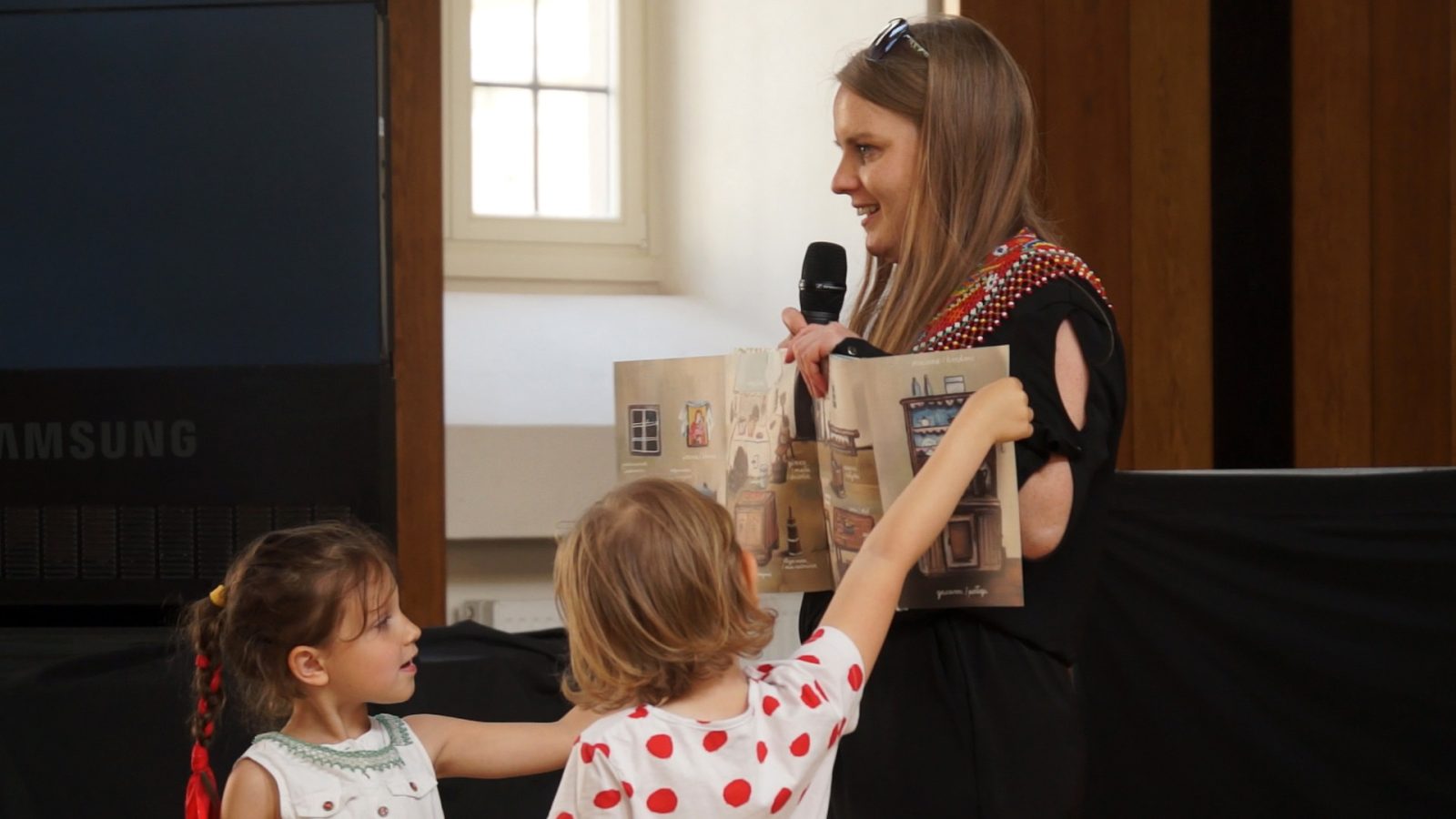

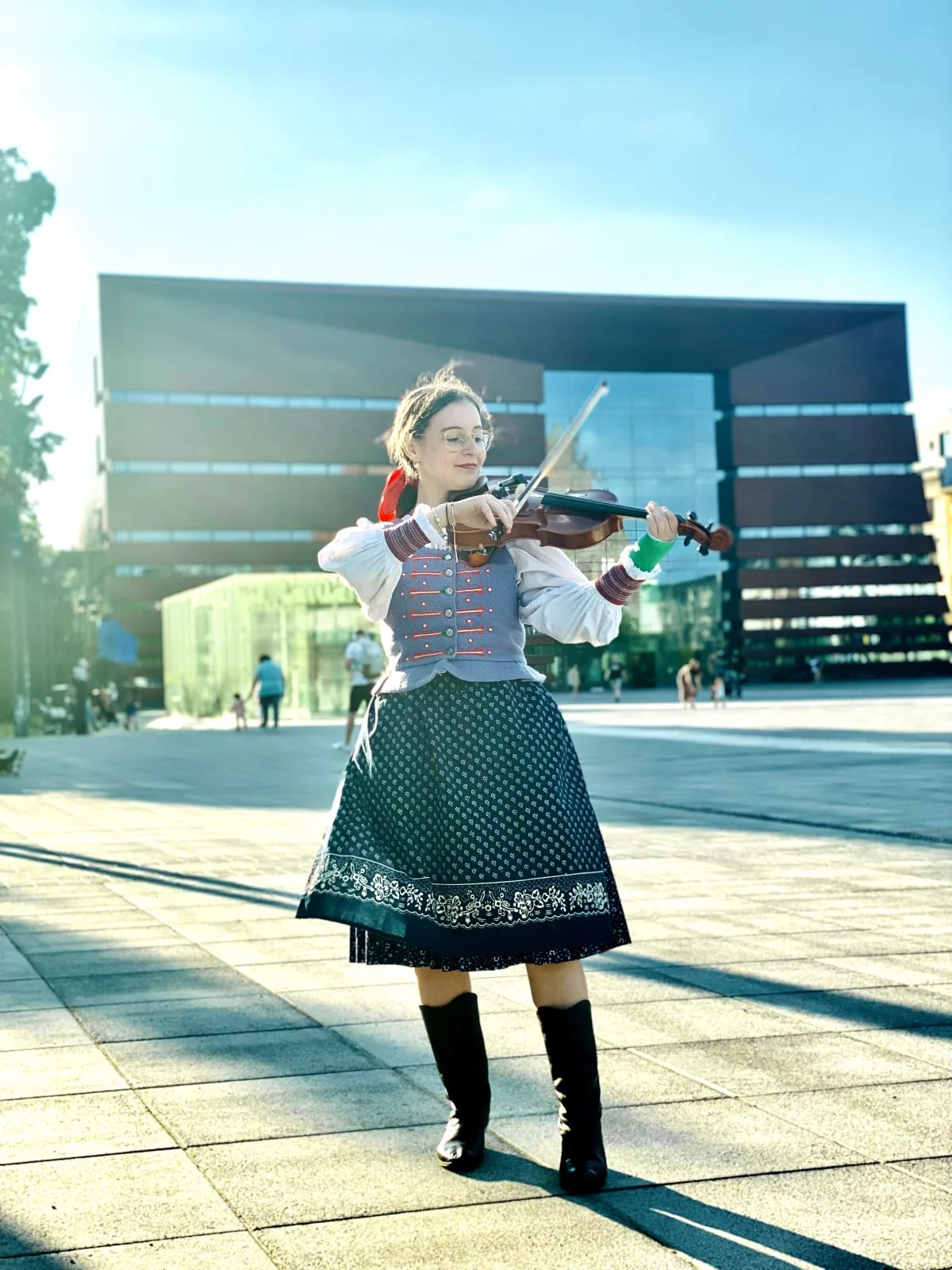
Zachęcamy do obejrzenia zdjęć z archiwum Marii Kozan.
